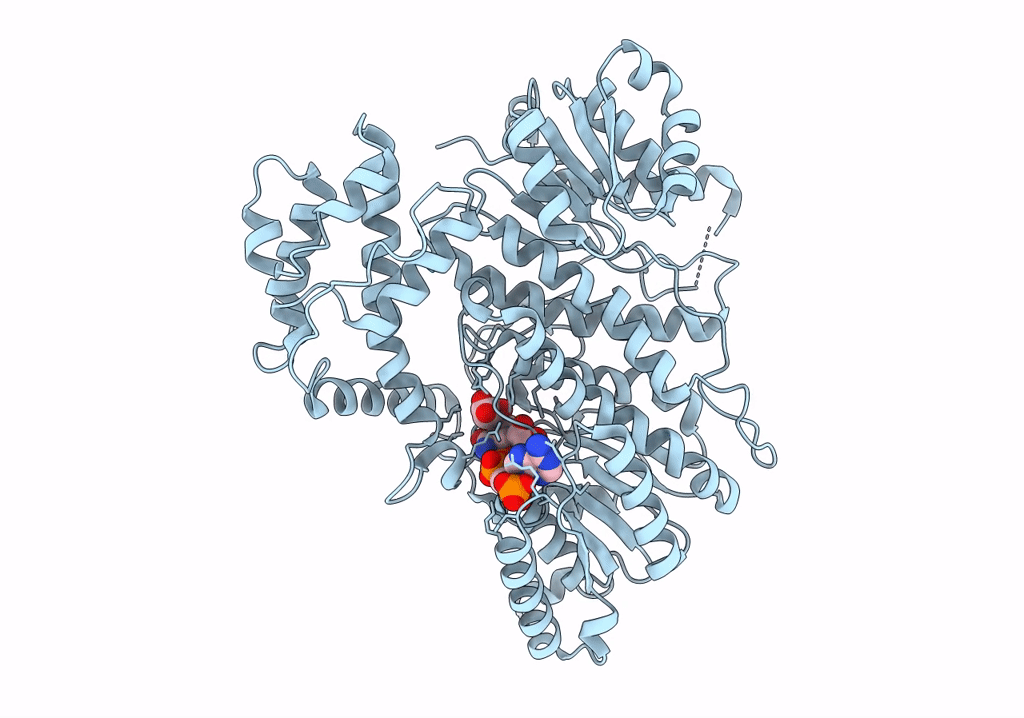
Deposition Date
2022-06-24
Release Date
2023-04-05
Last Version Date
2024-02-07
Entry Detail
PDB ID:
8A8T
Keywords:
Title:
Malonyl-CoA reductase from Chloroflexus aurantiacus - C-terminal NADP and malonate bound
Biological Source:
Source Organism:
Chloroflexus aurantiacus J-10-fl (Taxon ID: 324602)
Host Organism:
Method Details:
Experimental Method:
Resolution:
2.11 Å
R-Value Free:
0.21
R-Value Work:
0.18
R-Value Observed:
0.18
Space Group:
C 1 2 1


